 您的购物车当前为空
您的购物车当前为空
GSTZ1 Protein, Human, Recombinant (His)
一键复制产品信息GSTZ1 (Glutathione S-Transferase Zeta 1) is a Protein Coding gene. 3 alternatively spliced human isoforms have been reported. GSTZ1 gene is a member of the glutathione S-transferase (GSTs) super-family which encodes multifunctional enzymes important in the detoxification of electrophilic molecules, including carcinogens, mutagens, and several therapeutic drugs, by conjugation with glutathione. GSTZ1 is a bifunctional protein that has minimal glutathione-conjugating activity with ethacrynic acid and 7-chloro-4-nitrobenzo-2-oxa-1,3-diazole and maleylacetoacetate isomerase activity. GSTZ1 catalyzes the glutathione-dependent oxygenation of dichloroacetic acid to glyoxylic acid. GSTZ1 participates in the catabolism of phenylalanine and tyrosine. Thus defects in GSTZ1 cause harsh metabolic disorders including alkaptonuria, phenylketonuria, and tyrosinemia.
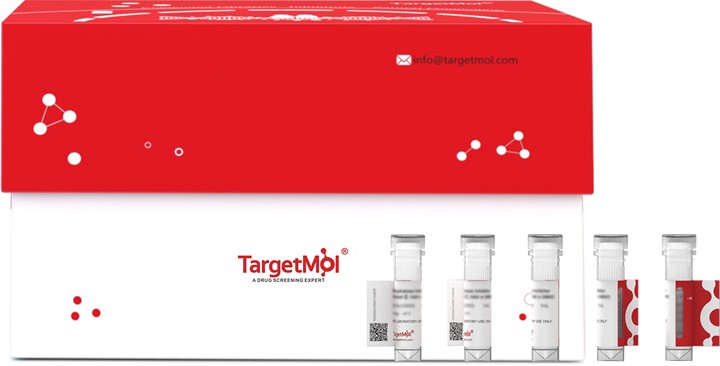
GSTZ1 Protein, Human, Recombinant (His)
一键复制产品信息| 规格 | 价格 | 库存 | 数量 |
|---|---|---|---|
| 5 μg | ¥ 428 | 6-8日内发货 | |
| 10 μg | ¥ 683 | 6-8日内发货 | |
| 20 μg | ¥ 1,130 | 5日内发货 | |
| 50 μg | ¥ 2,270 | 5日内发货 | |
| 100 μg | ¥ 4,430 | 5日内发货 |
产品信息
| 生物活性 | Activity testing is in progress. It is theoretically active, but we cannot guarantee it. If you require protein activity, we recommend choosing the eukaryotic expression version first. |
| 产品描述 | GSTZ1 (Glutathione S-Transferase Zeta 1) is a Protein Coding gene. 3 alternatively spliced human isoforms have been reported. GSTZ1 gene is a member of the glutathione S-transferase (GSTs) super-family which encodes multifunctional enzymes important in the detoxification of electrophilic molecules, including carcinogens, mutagens, and several therapeutic drugs, by conjugation with glutathione. GSTZ1 is a bifunctional protein that has minimal glutathione-conjugating activity with ethacrynic acid and 7-chloro-4-nitrobenzo-2-oxa-1,3-diazole and maleylacetoacetate isomerase activity. GSTZ1 catalyzes the glutathione-dependent oxygenation of dichloroacetic acid to glyoxylic acid. GSTZ1 participates in the catabolism of phenylalanine and tyrosine. Thus defects in GSTZ1 cause harsh metabolic disorders including alkaptonuria, phenylketonuria, and tyrosinemia. |
| 种属 | Human |
| 表达系统 | E. coli |
| 标签 | N-His |
| 蛋白编号 | O43708 |
| 别名 | MAI,MAAI,GSTZ1-1,GSTZ1,glutathione S-transferase ζ 1,glutathione S-transferase zeta 1 |
| 蛋白构建 | A DNA sequence encoding the mature form of human GSTZ1 (NP_665877.1) (Met1-Ala216) was expressed with a polyhistide tag at the N-terminus. Predicted N terminal: His |
| 蛋白纯度 | > 95 % as determined by SDS-PAGE |
| 分子量 | 26 kDa (predicted); 27 kDa (reducing conditions) |
| 内毒素 | Please contact us for more information. |
| 蛋白性状 | Lyophilized powder |
| 缓冲液 | Lyophilized from a solution filtered through a 0.22 μm filter, containing PBS, 10% glycerol, pH 7.4. Typically, a mixture containing 5% to 8% trehalose, mannitol, and 0.01% Tween 80 is incorporated as a protective agent before lyophilization. |
| 复溶方法 | A Certificate of Analysis (CoA) containing reconstitution instructions is included with the products. Please refer to the CoA for detailed information. |
| 存储 | It is recommended to store recombinant proteins at -20°C to -80°C for future use. Lyophilized powders can be stably stored for over 12 months, while liquid products can be stored for 6-12 months at -80°C. For reconstituted protein solutions, the solution can be stored at -20°C to -80°C for at least 3 months. Please avoid multiple freeze-thaw cycles and store products in aliquots. |
| 运输方式 | In general, Lyophilized powders are shipping with blue ice. |
| 研究背景 | GSTZ1 (Glutathione S-Transferase Zeta 1) is a Protein Coding gene. 3 alternatively spliced human isoforms have been reported. GSTZ1 gene is a member of the glutathione S-transferase (GSTs) super-family which encodes multifunctional enzymes important in the detoxification of electrophilic molecules, including carcinogens, mutagens, and several therapeutic drugs, by conjugation with glutathione. GSTZ1 is a bifunctional protein that has minimal glutathione-conjugating activity with ethacrynic acid and 7-chloro-4-nitrobenzo-2-oxa-1,3-diazole and maleylacetoacetate isomerase activity. GSTZ1 catalyzes the glutathione-dependent oxygenation of dichloroacetic acid to glyoxylic acid. GSTZ1 participates in the catabolism of phenylalanine and tyrosine. Thus defects in GSTZ1 cause harsh metabolic disorders including alkaptonuria, phenylketonuria, and tyrosinemia. |











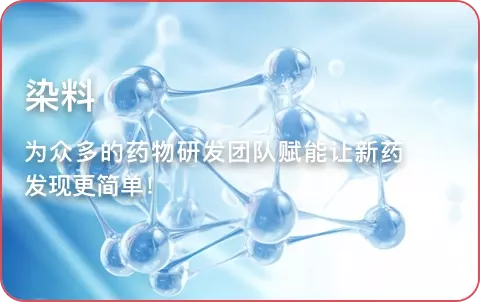





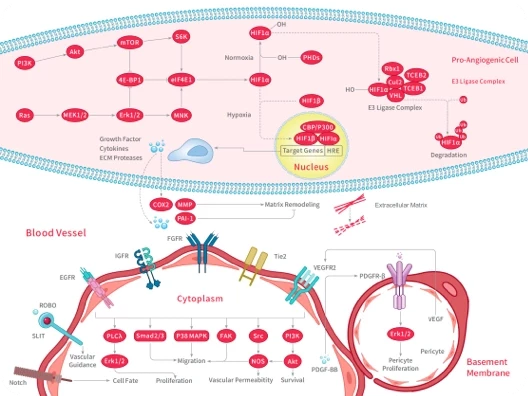
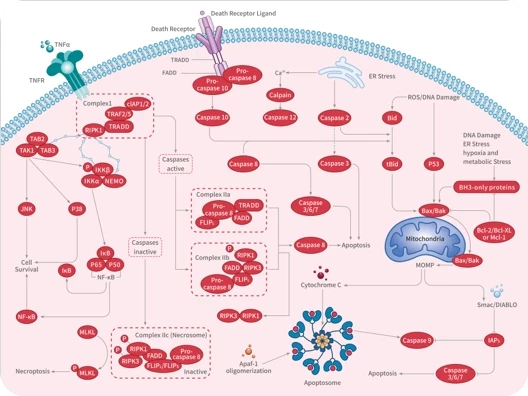
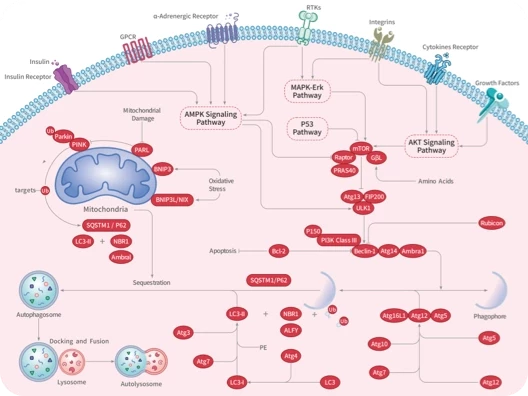

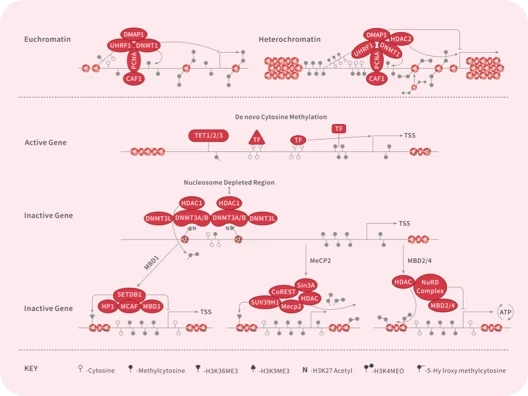
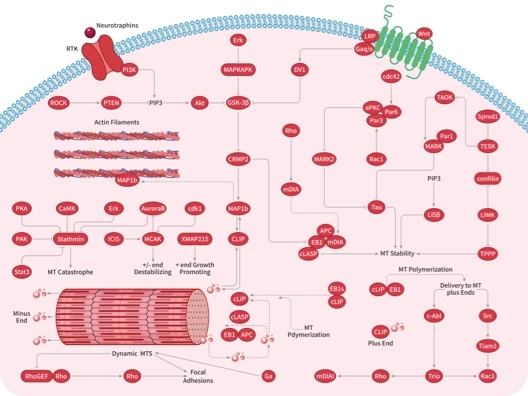
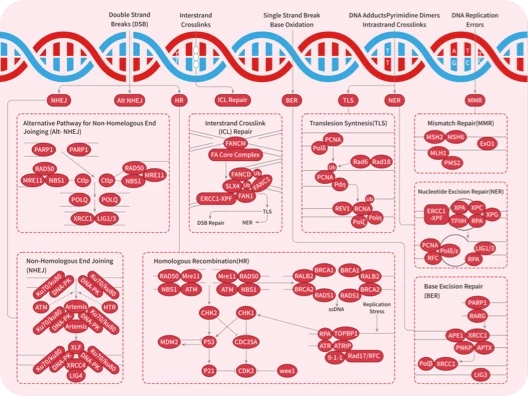
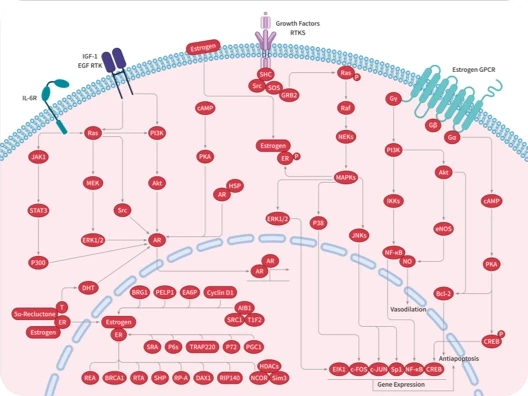
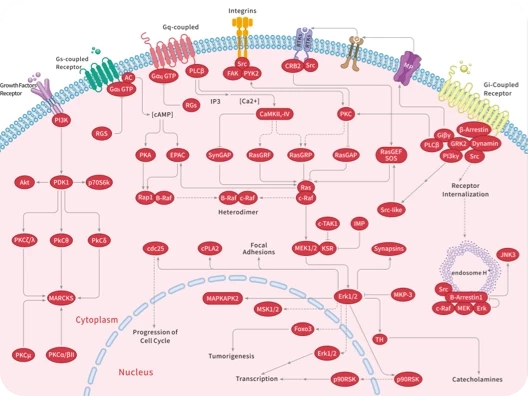
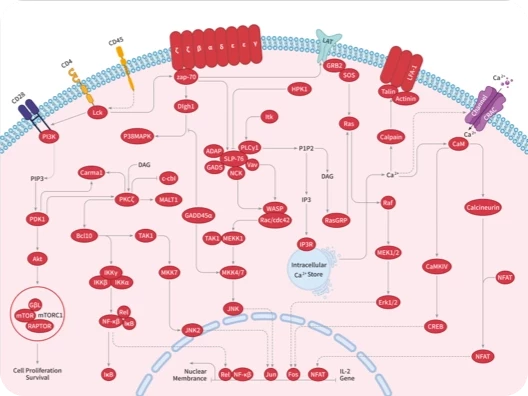
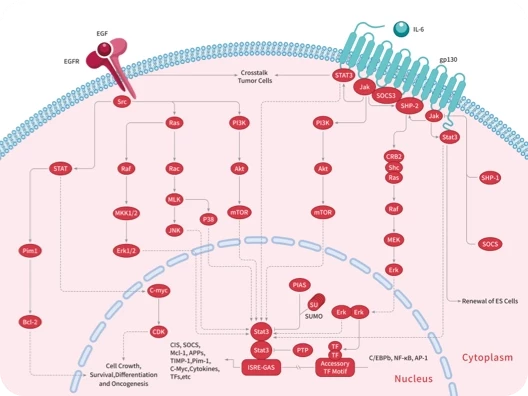

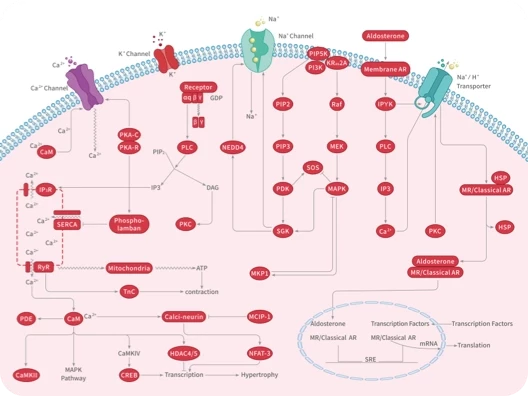
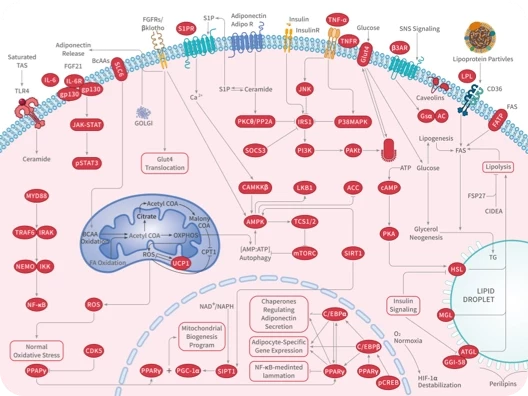
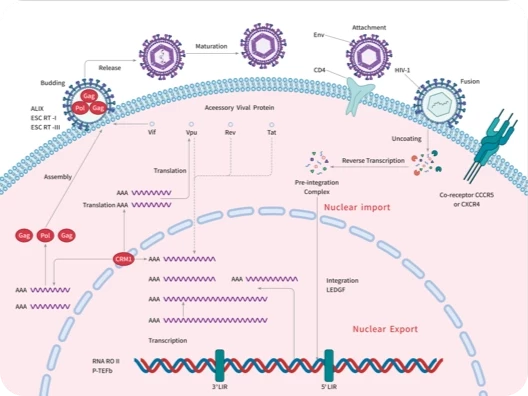

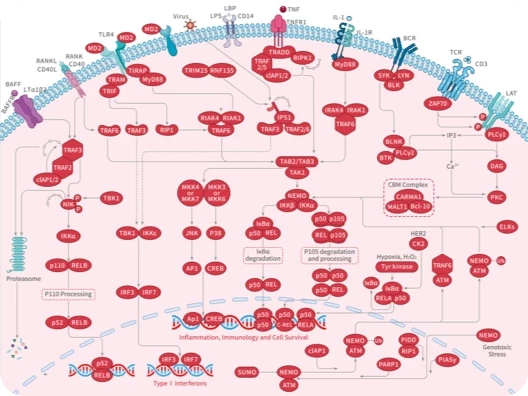
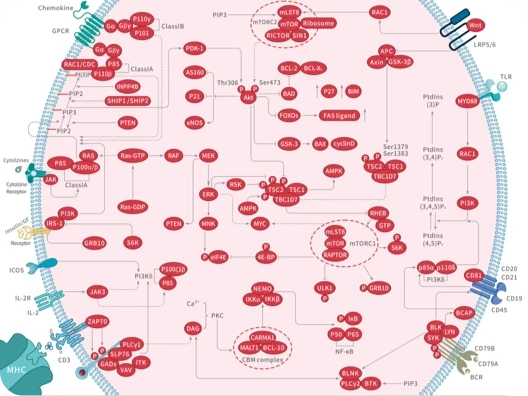
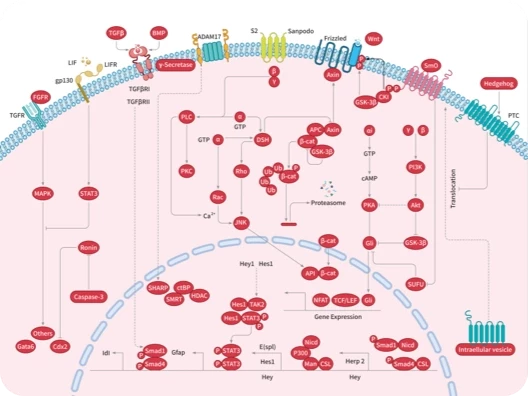
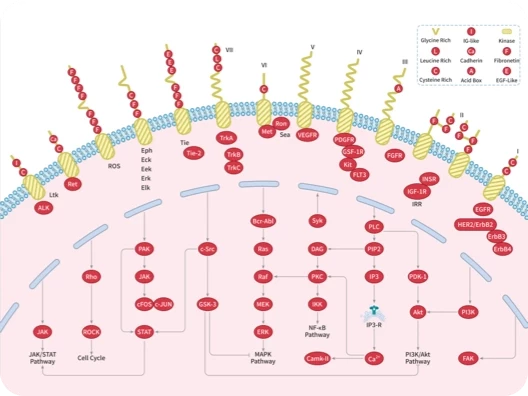



 |
|